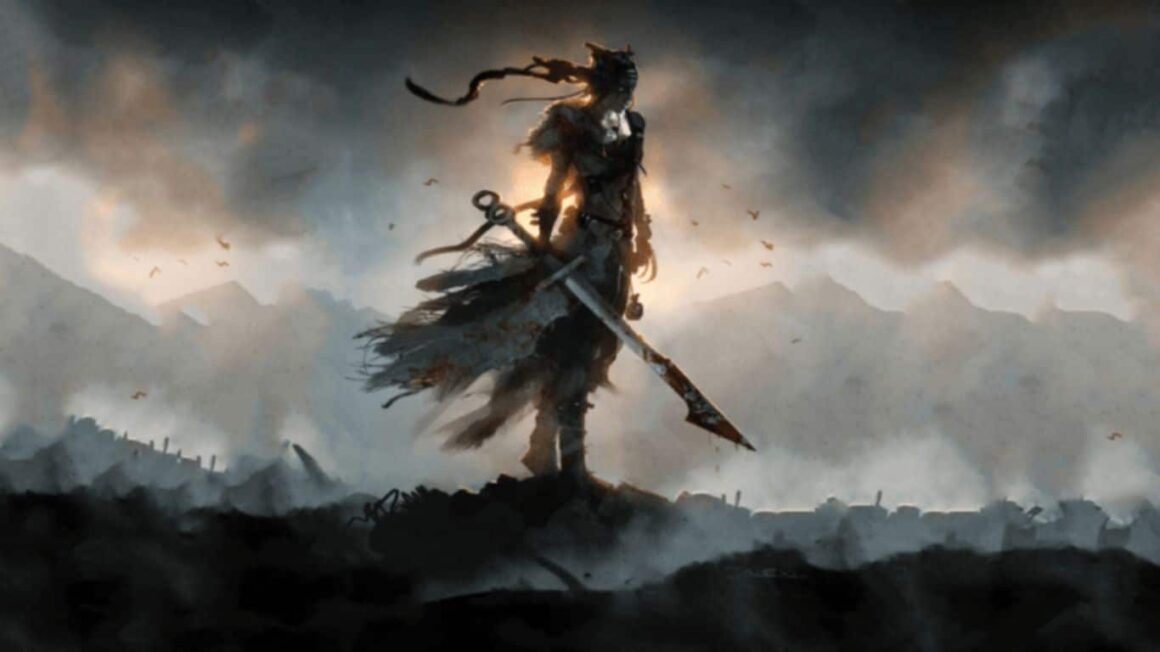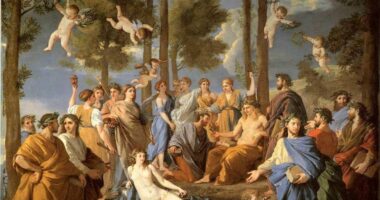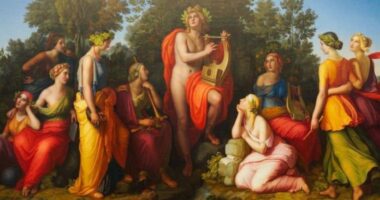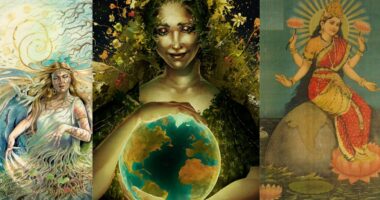Death Gods in Mythology Around The World: Death is a universal phenomenon, and throughout history, cultures have created myths and legends to help explain and understand this inevitable part of life. In many of these myths, death is personified as a deity or god. These death gods are often depicted as powerful and fearsome, with the ability to guide souls to the afterlife or inflict punishment on the living. While the concept of a death god varies greatly across different cultures and religions, there are certain commonalities that can be observed. In this article, we will explore some of the most fascinating death gods from mythology around the world, and examine their unique roles and significance in their respective cultures. From the Greek god Hades to the Mayan deity Ah Puch, we will delve into the intriguing world of death gods and how they have been interpreted across cultures throughout history.
Death Gods in Mythology Around The World
Hades – Greek mythology
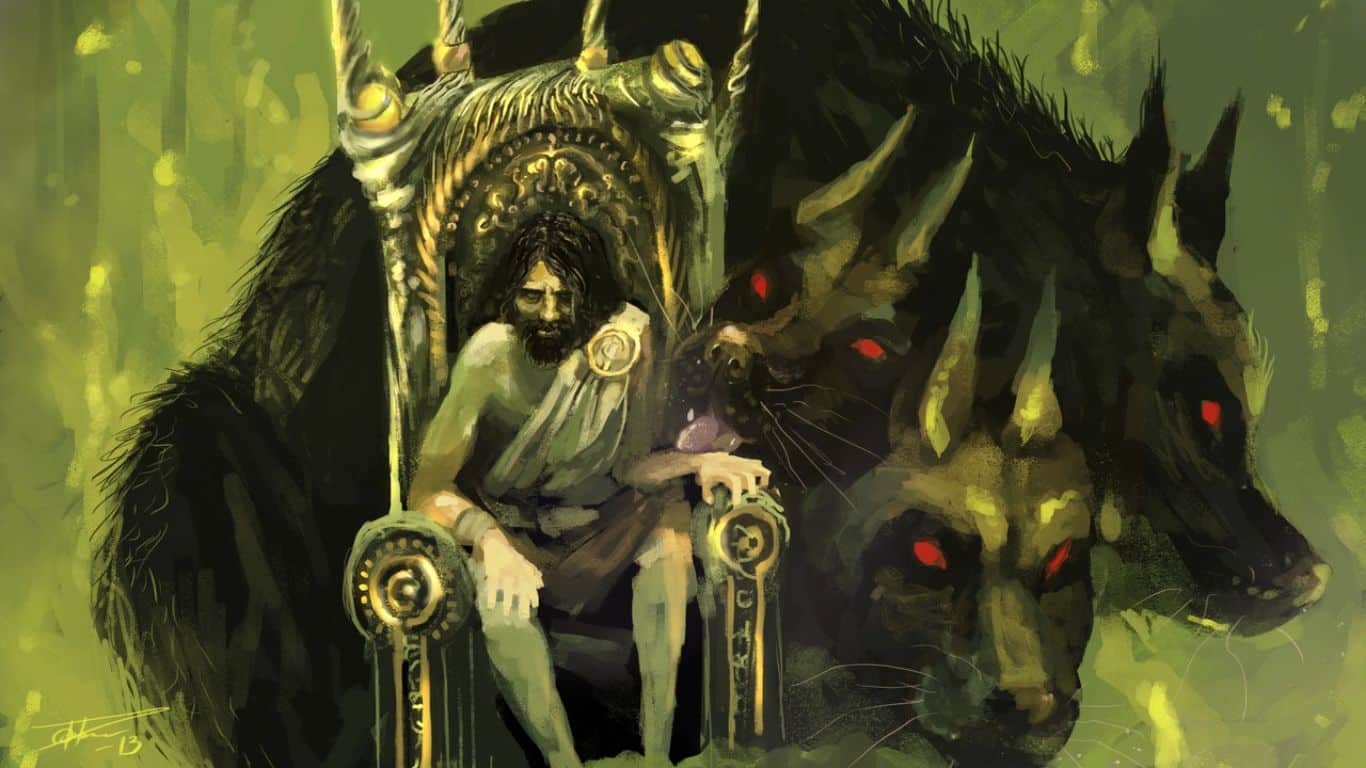
Hades is the Greek god of the underworld and ruler of the dead. He was one of the three sons of Cronus and Rhea and was known for being one of the most fearsome and powerful gods in the Greek pantheon. Hades was responsible for judging the souls of the dead and ensuring that they were assigned to their appropriate place in the underworld. He was often depicted as a stern and unyielding figure, with a dark and brooding presence. Despite his fearsome reputation, Hades was not considered evil or malicious; rather, he was seen as a necessary force in the cycle of life and death. In Greek mythology, Hades was a central figure in many stories, and his role as the god of the underworld was deeply intertwined with the lives and beliefs of the ancient Greeks.
Anubis – Egyptian mythology
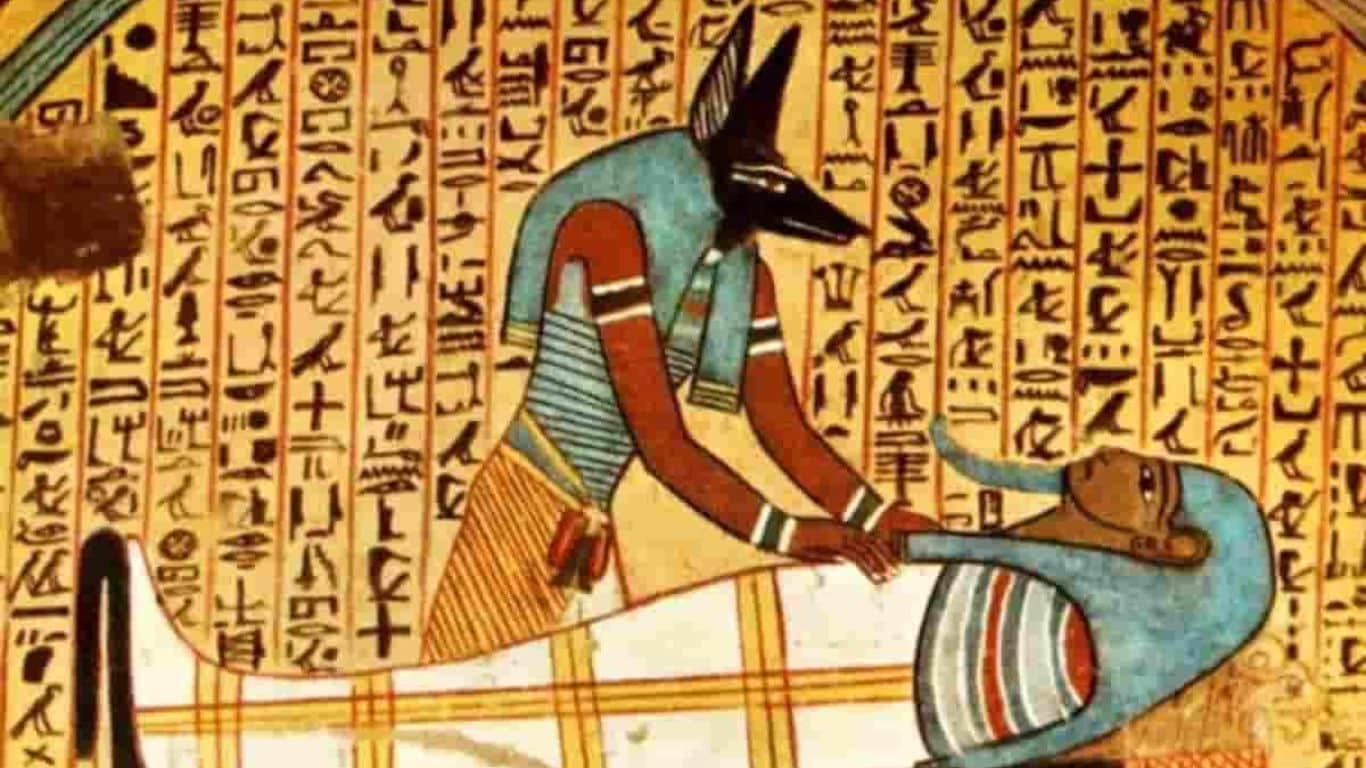
In ancient Egyptian mythology, Anubis was the god of mummification and the afterlife, and was often depicted as a jackal-headed figure. He was responsible for guiding the souls of the dead through the underworld and weighing their hearts to determine whether they were worthy of entering the afterlife. Anubis was also closely associated with the process of embalming, and was believed to oversee the preservation of the body after death. In Egyptian funerary rituals, it was customary to call upon Anubis for protection and guidance, and his role in the afterlife was crucial to ensuring a successful transition to the next world. Even today, the image of Anubis remains a powerful symbol of death and the afterlife, and his influence on Egyptian culture and mythology continues to be felt.
Yama – Hindu mythology
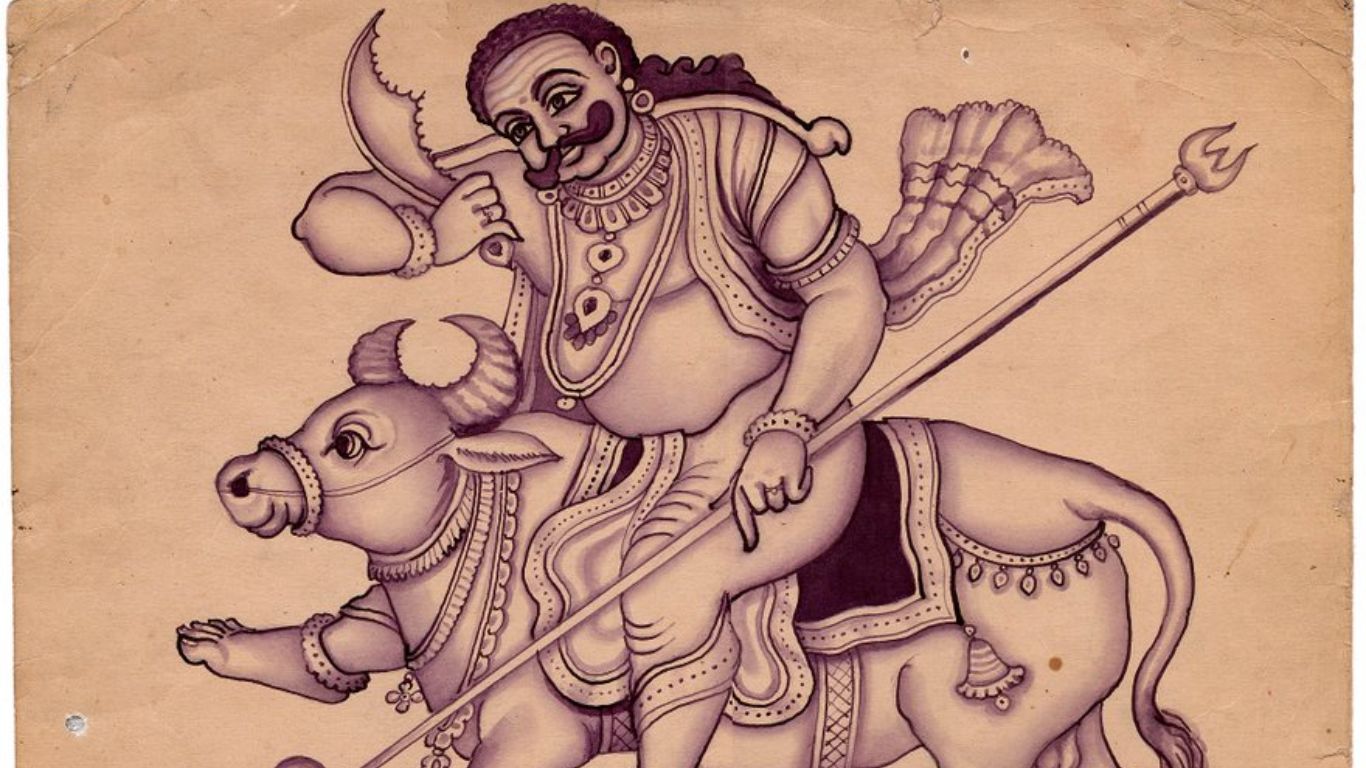
Yama is a prominent figure in Hindu mythology, known as the god of death and lord of the underworld. As the judge of the dead, he decides the fate of souls after they depart from the physical body. Yama is often depicted with a fierce countenance, holding a noose and mace to capture and punish those who have led sinful lives. Despite his fearsome appearance, Yama is also believed to be merciful and compassionate, and guides the souls of the virtuous to their rightful place in the afterlife. Yama’s mythology is deeply intertwined with Hindu beliefs around reincarnation and karma, and his role in guiding the souls of the dead remains a central aspect of Hindu spirituality to this day.
Hel – Norse mythology
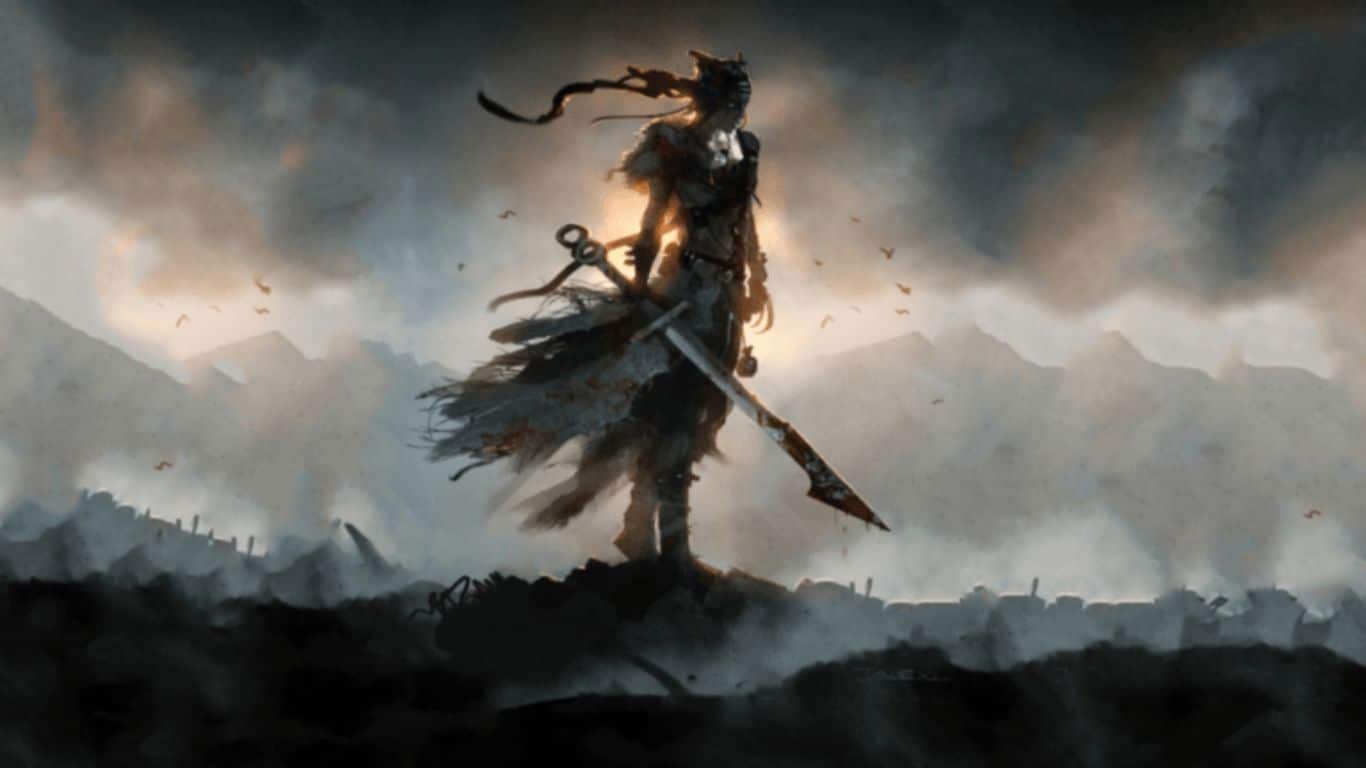
Hel is a goddess of death in Norse mythology who rules over the underworld realm of Helheim. She is described as being half-dead and half-alive, with a face that is half-beautiful and half-rotting. According to legend, those who die of old age or sickness are sent to Helheim to live out their afterlife, while those who die in battle are taken to Valhalla. Hel is considered to be a powerful and feared deity, with the ability to determine the fate of the dead. While she is often associated with darkness and gloom, Hel is also believed to have a more nurturing side, as she provides a safe haven for those who have passed on. Her complex nature makes her one of the most intriguing death gods in mythology.
Ereshkigal – Sumerian mythology
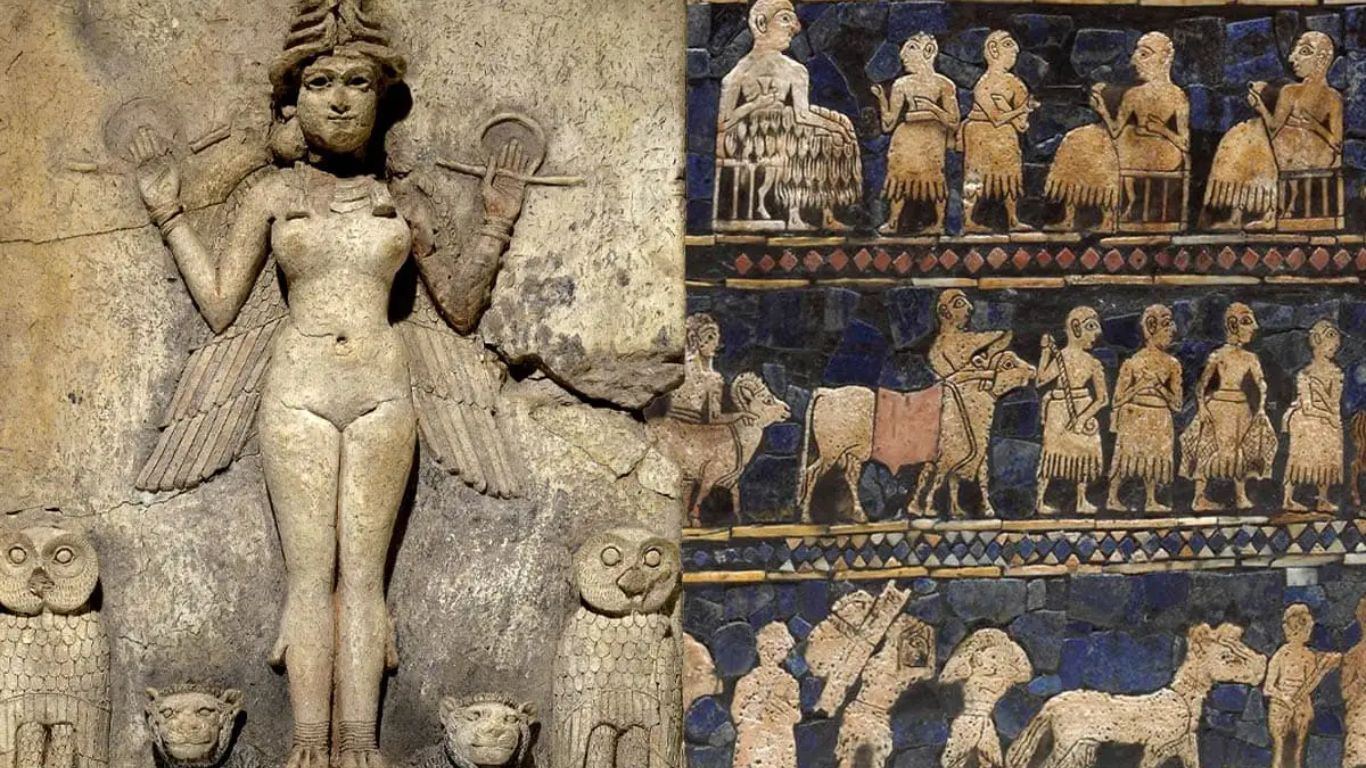
Ereshkigal is the Sumerian goddess of the underworld and death. She was considered one of the most fearsome and powerful deities in the Sumerian pantheon, ruling over the land of the dead with an iron fist. Ereshkigal was often portrayed as a fierce and terrifying figure, with the power to inflict curses and punishment on those who dared to cross her. Despite her fearsome reputation, Ereshkigal was also worshipped as a goddess of fertility and childbirth, as it was believed that she held the power to bring new life to the world from the realm of the dead. Her cult was widespread throughout Mesopotamia, and she remained an important figure in Sumerian mythology for centuries.
Mot – Canaanite mythology
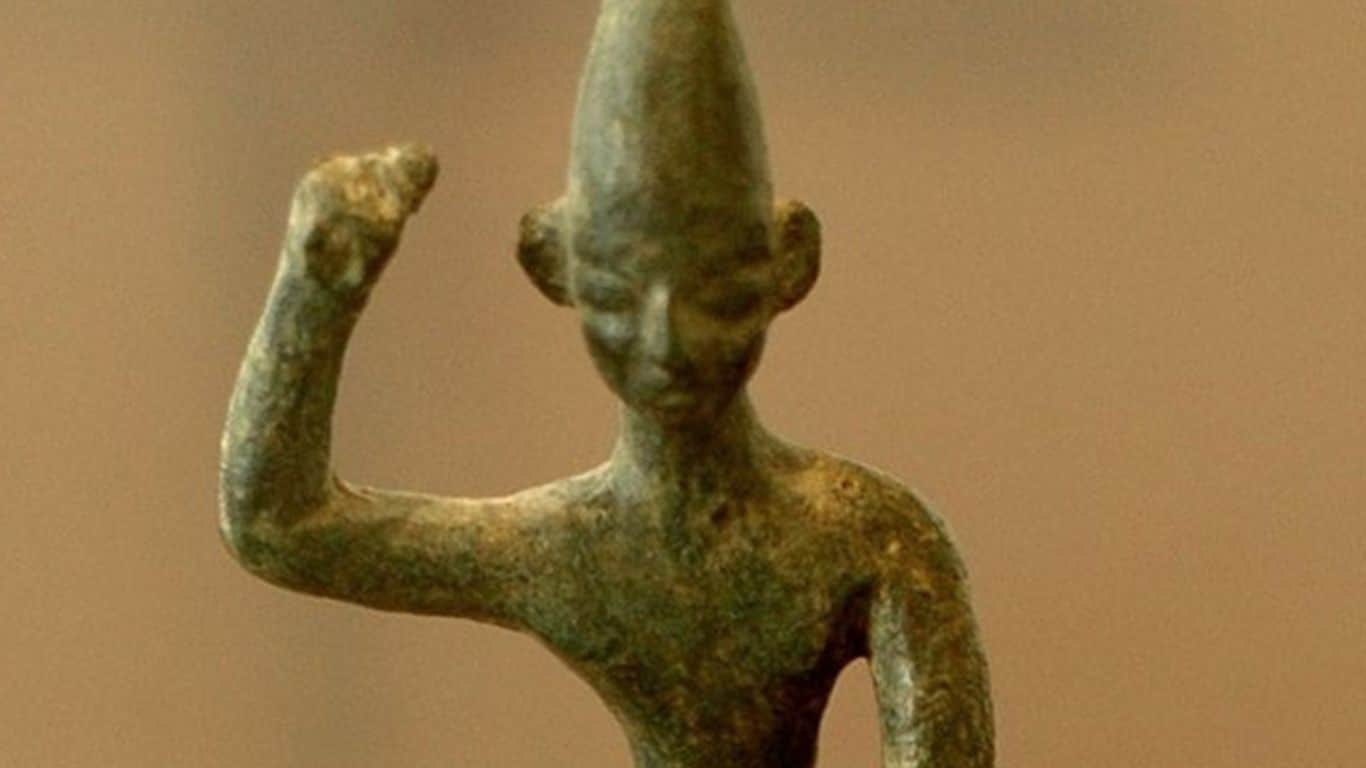
Mot was a god of death and the underworld in Canaanite mythology. He was often depicted as a terrifying figure with the power to consume the living, and was feared by many. According to legend, Mot battled with the god Baal for supremacy, with Baal eventually emerging victorious. However, it was believed that Mot would ultimately triumph over Baal in the end, marking the onset of winter and death. Despite his fearsome reputation, Mot was also associated with the cycle of life and death, and was often linked to fertility and renewal. In some accounts, Mot was said to have the power to resurrect the dead, adding another layer of complexity to this intriguing god of death.
Izanami – Japanese mythology
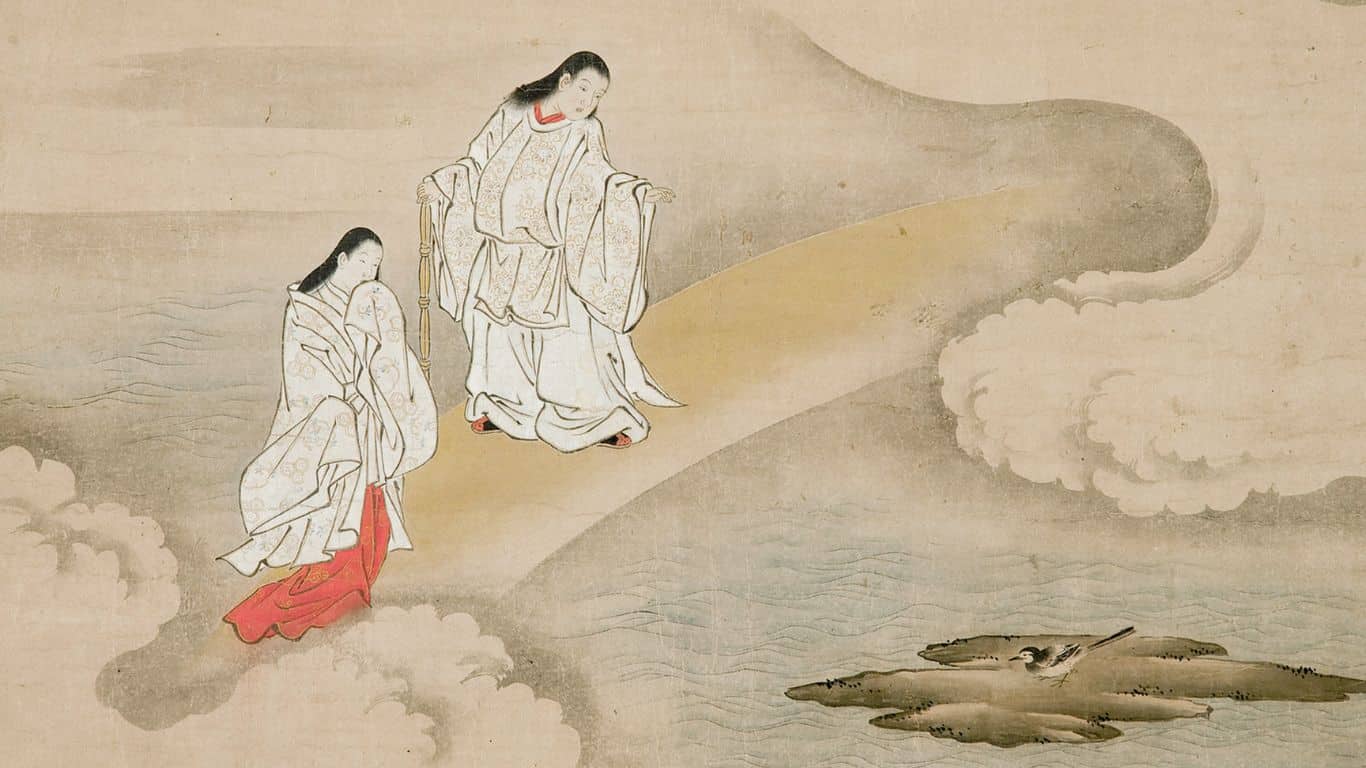
In Japanese mythology, Izanami is the goddess of creation and death. Along with her brother and husband, Izanagi, she was responsible for creating the Japanese islands and many of the gods and goddesses of the Shinto religion. However, after giving birth to the god of fire, Kagutsuchi, Izanami was badly burned and eventually died. Izanagi, grief-stricken by her death, went to the underworld to try and bring her back. However, he was unable to do so and had to flee when he discovered that Izanami had become a rotting corpse. As the goddess of death, Izanami is often associated with rituals surrounding death and the afterlife, and is sometimes depicted as a dark, frightening figure.
Mictlantecuhtli – Aztec mythology
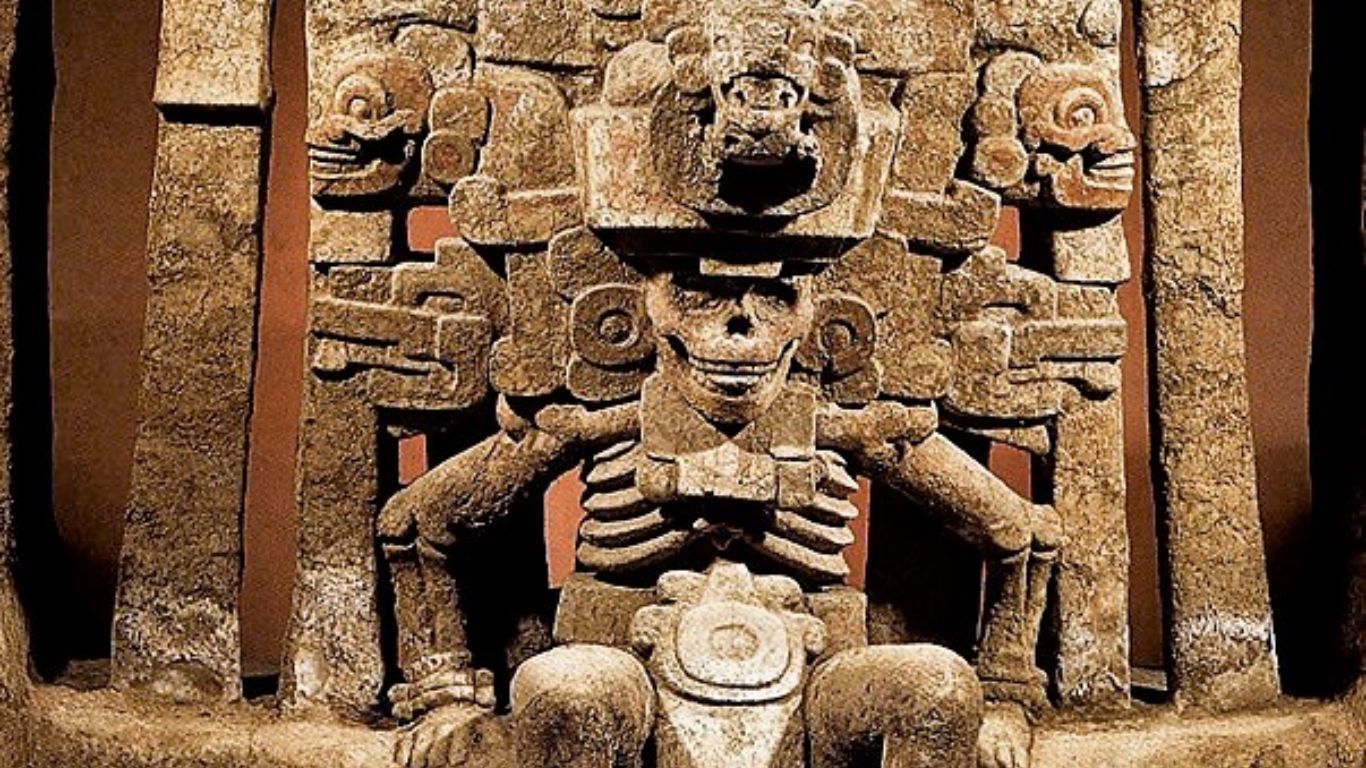
Mictlantecuhtli was the Aztec god of death and the underworld, ruling over the dead and presiding over their burial rituals. He was often depicted as a skeletal figure with a skull-like face, adorned with earrings and a headdress made of owl feathers. Mictlantecuhtli was believed to live in the lowest level of the underworld, a dark and desolate place called Mictlan, where the souls of the dead went to be judged. According to Aztec mythology, the souls of the deceased had to pass a series of tests to reach Mictlan, and Mictlantecuhtli was responsible for judging the souls and determining their fate. Although feared by many, Mictlantecuhtli was also worshipped and honored in various Aztec rituals and festivals, as he was believed to have the power to grant new life and new beginnings.
Orcus – Roman mythology

In Roman mythology, Orcus was a god of the underworld and a punisher of oath-breakers and those who committed crimes. He was often depicted as a fierce and merciless figure, with a beard and a club in his hand. Orcus was believed to reside in a realm within the underworld, where the wicked souls were sent after death. He was also responsible for enforcing the punishment of those who had broken their promises or sworn false oaths. While Orcus was not as prominent as other death gods in Roman mythology, he played an important role in the beliefs and rituals of the ancient Romans, and was often invoked in legal disputes and contracts.
Ah Puch – Maya mythology
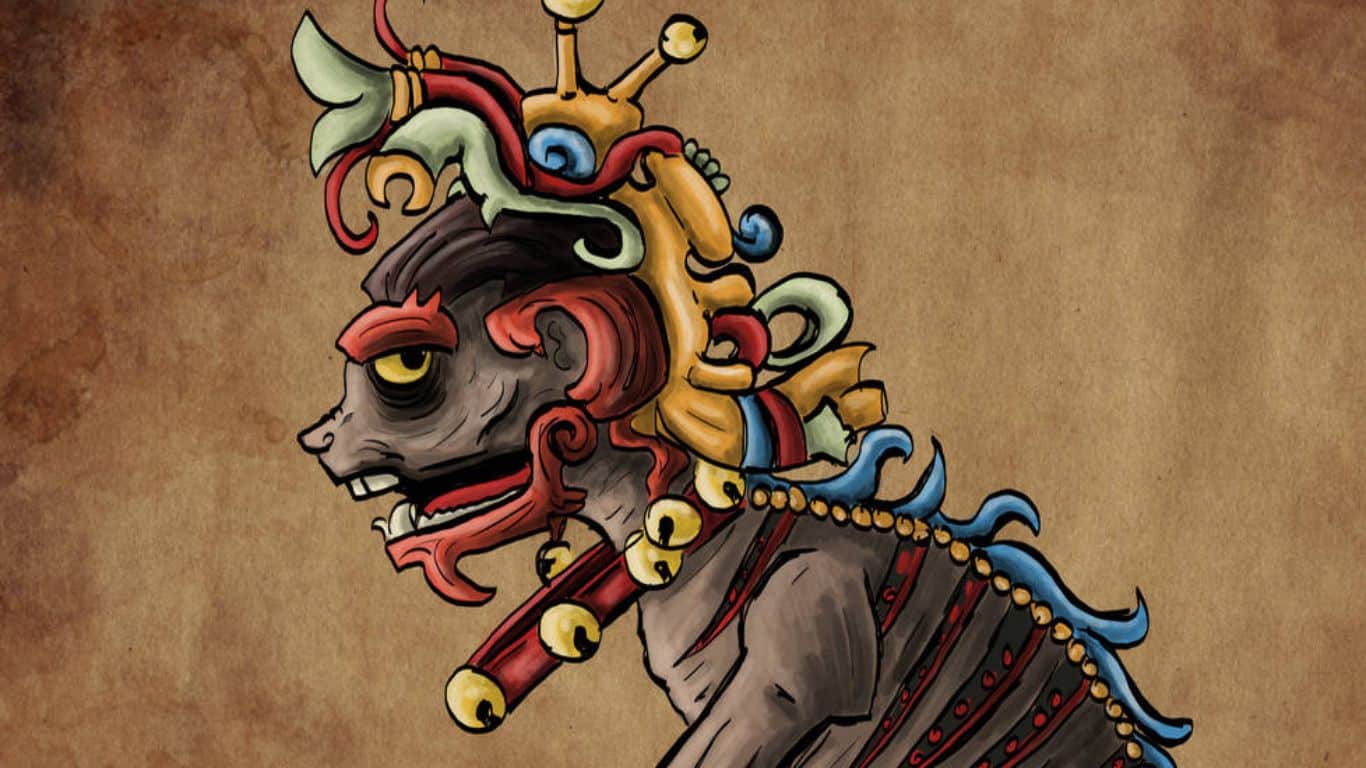
Ah Puch is a death god in Maya mythology who is often associated with death, disease, and disaster. He is depicted as a skeletal figure with a skull-like face and a body covered in decomposing flesh. Ah Puch was believed to reside in the underworld realm of Xibalba, where he presided over the dead and judged the souls of the deceased. He was often depicted wearing the headdress of a vulture, which was a symbol of death in Maya culture. According to myth, Ah Puch was responsible for spreading disease and causing natural disasters, and his appearance was considered an omen of death. Despite his fearsome reputation, Ah Puch was also seen as a protector of the dead, guiding them safely to the underworld realm.
Also Read: What Makes Mythology So Intriguing?
